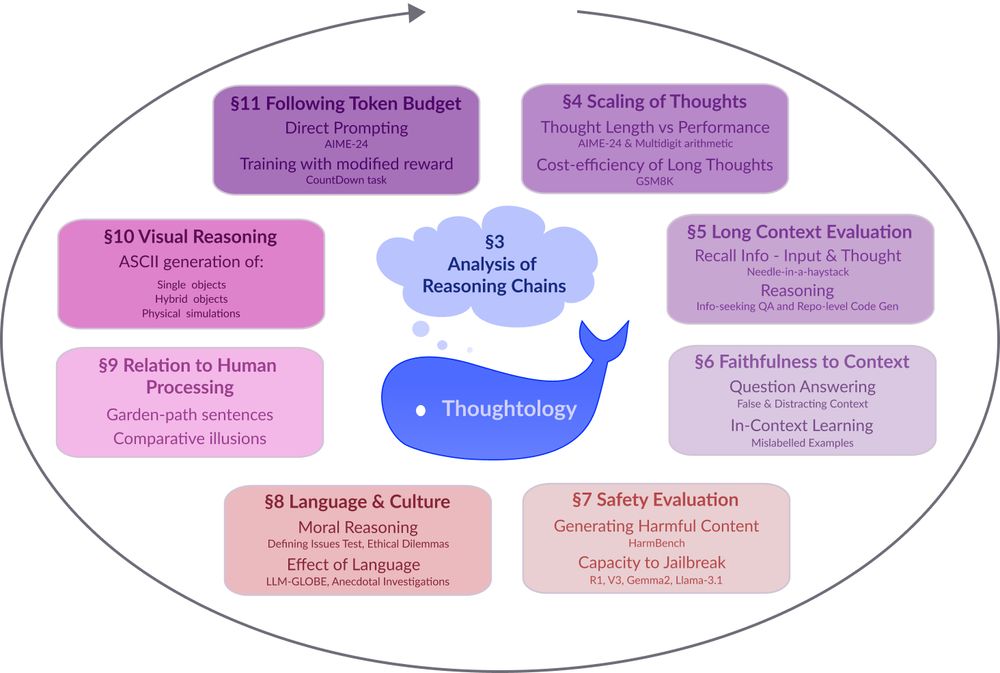Sara Vera Marjanovic
@saravera.bsky.social
61 followers
36 following
8 posts
PhD fellow in XAI, IR & NLP
✈️ Mila - Quebec AI Institute | University of Copenhagen 🏰
#NLProc #ML #XAI
Recreational sufferer
Posts
Media
Videos
Starter Packs
Pinned
Reposted by Sara Vera Marjanovic
Reposted by Sara Vera Marjanovic
Lovisa Hagström
@lovhag.bsky.social
· Jan 2

A Reality Check on Context Utilisation for Retrieval-Augmented Generation
Retrieval-augmented generation (RAG) helps address the limitations of the parametric knowledge embedded within a language model (LM). However, investigations of how LMs utilise retrieved information o...
arxiv.org





